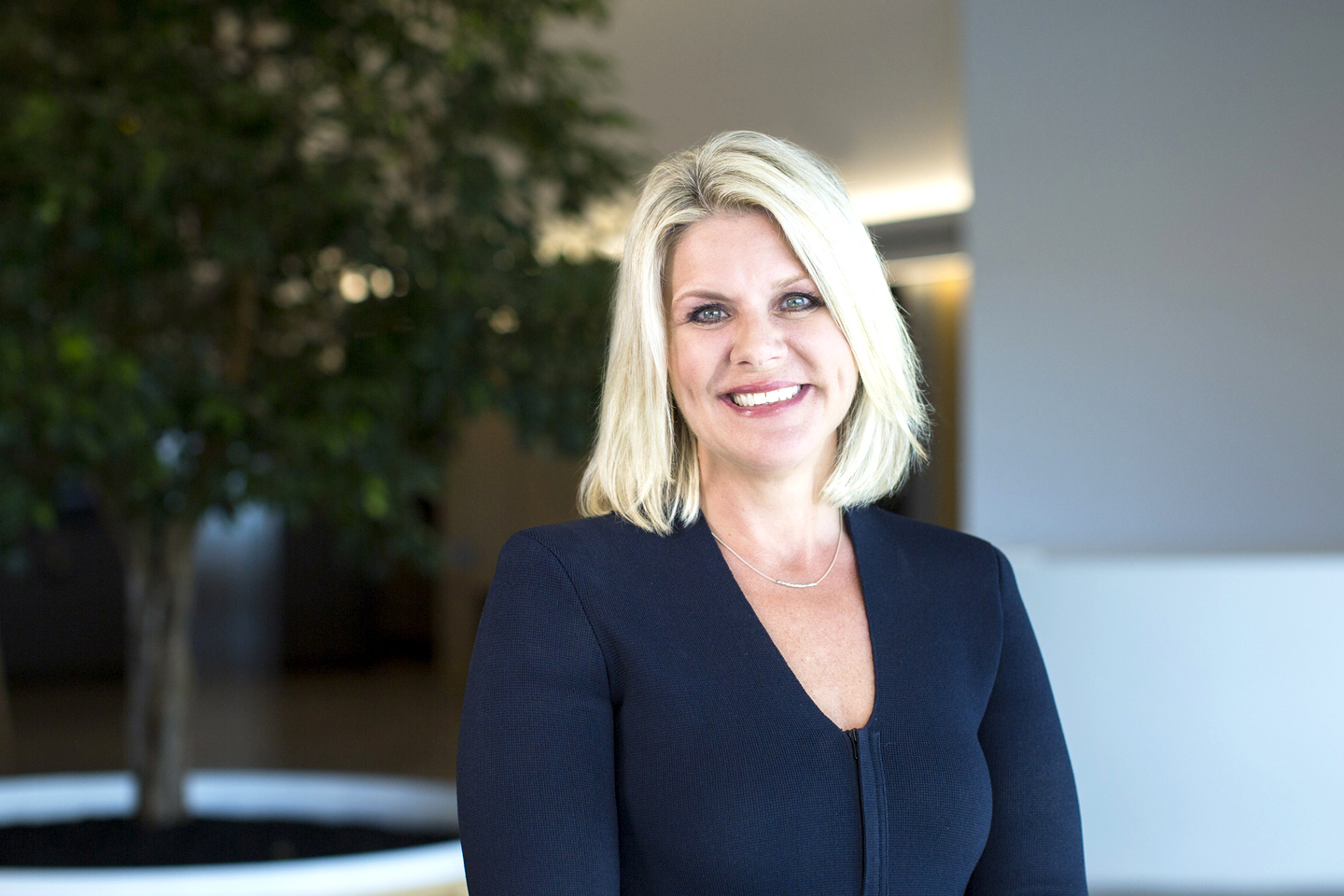
Chief executives say they feel “liberated” by the level of change the coronavirus crisis has unlocked and have been pleasantly surprised by how fast their organisations can make change happen when needed.
An EY CEO survey reveals that with the extreme conditions have come fast responses and leaders are alert to the possibility that longer term projects can be executed more quickly with critical outcomes achieved in days or weeks, not years.
“The challenge, they know, is wrangling the benefits that come from this new collective mindset around change and speedy decision making, to embed it for long term gain,” EY Partner, Lynn Kraus said.
EY's CEO survey shows a noticeable shift from the short-term thinking needed to respond to the pandemic, to bosses spending about 80 per of their time interrogating what their companies could and should look like in the ‘next and beyond’.
“Business leaders now realise that the hoped for V or U-shaped recovery will look more like a sawtooth which demands an operating model and a cost base that can absorb unpredictable shifts in the economic and regulatory environment,” Ms Kraus said.

Ongoing uncertainty: A saw-tooth recovery (ABOVE)
“That includes new methods to continuously refine cash flow scenario models, plan for an agile supply network, develop sustainable finance sources and create flexible workforces,” Ms Kraus said.
“It also necessitates breaking technology programs out of functional silos to precipitate uplift across the whole of the business.”
EY’s CEO survey revealed organisations are ‘co-creating’ new offerings to help maintain customer connectivity, resetting expectations around how and when deliverables can be produced for clients based on changing client demands; and moving beyond expectations that consumers will return to ‘normal’. Instead, there is growing acknowledgement that consumer changes that have been accelerated by the pandemic will likely be permanent.
The ongoing nature of the crisis means that not only will consumer and buyer behaviour changes be more likely to be permanent, so will the demands and expectations of workforces around how and where they work in the future.
Leaders also envisage a radically different Future of Work, not just in terms of skills needed but in how they can keep workforce resilience in the face of a crisis that may take years, not months, to dissipate.
“Safety was the first priority in the early stages of the pandemic, this has now shifted to concerns about wellbeing and implementing processes to ensure resilient working,” Ms Kraus said.
“CEOs are looking for a framework to help them plan for the future of work, and how to consider their workforce, workplace and technology capabilities. Everyone working from home has in many instances prompted CEOs to completely rethink the way they do business,” she said.
The ability to move fast though, still comes with challenges. Many CEOs say they remain unsure about when to make the next move. The volume of data coming through now and the implications of this for financial and scenario modelling add to the lack of comfort around setting down longer term strategy and making far reaching decisions.















